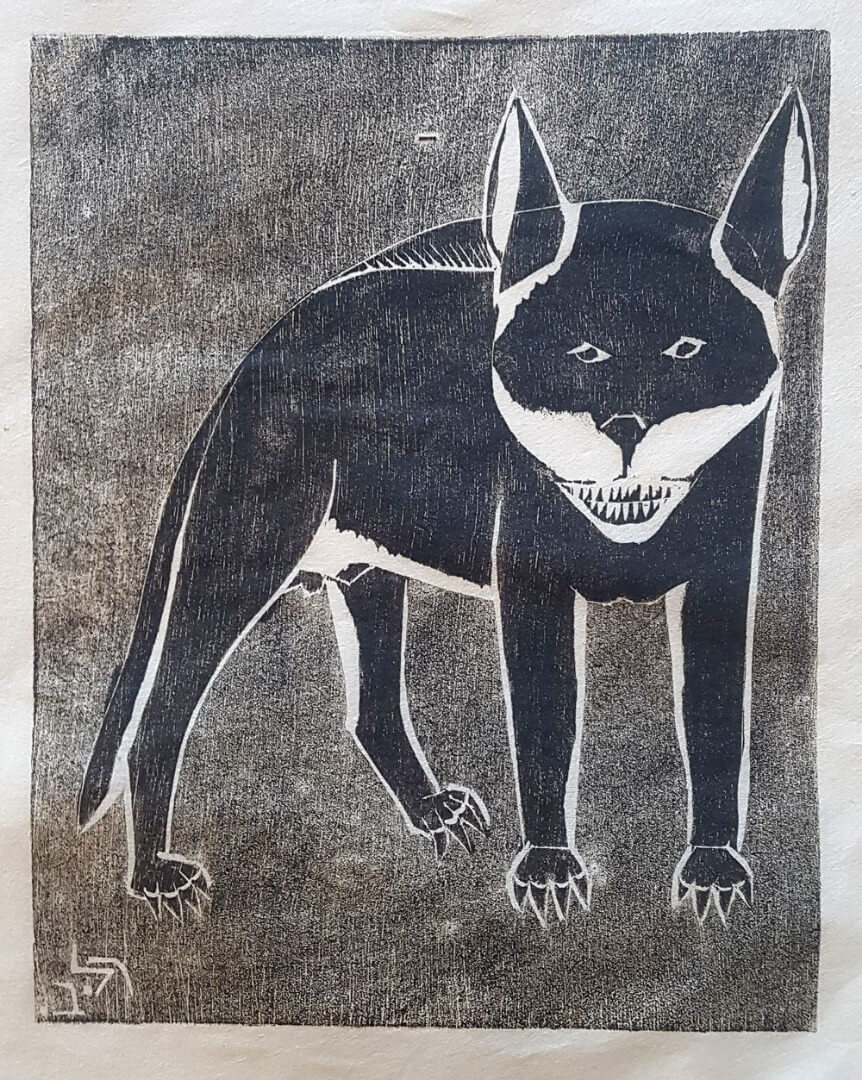ANIMALS
opening: June 14, 2019 At 12:00



 רודי להמן, צבוע, הדפס
רודי להמן, צבוע, הדפס